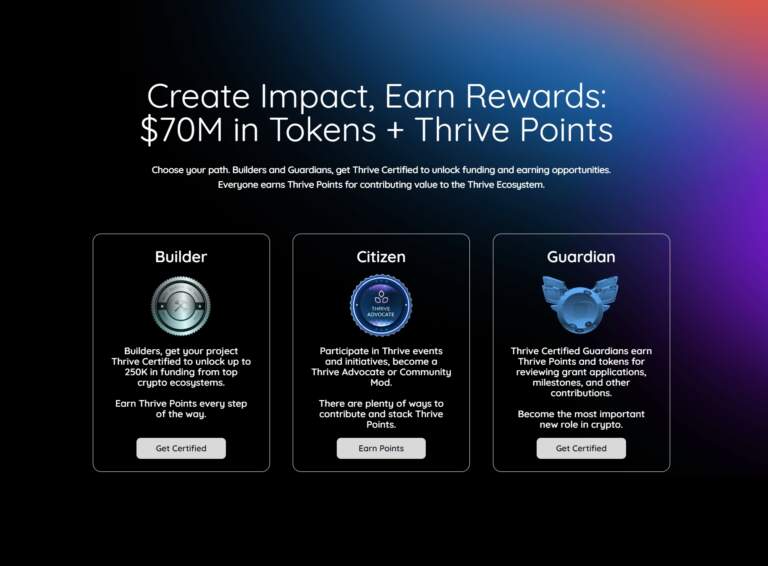The recent proposal to overhaul the ApeCoin DAO’s governance structure, known as AIP-582, represents one of the most significant changes in the organization’s history. While the proposal aims to streamline decision-making and focus on ApeChain development, it raises important questions about centralization, treasury management, and strategic diversification.
The Core Changes
AIP-582 introduces several major modifications to the DAO’s structure:
- Treasury Division: A 75/25 split of funds between on-chain DAO treasury and Administrative Budget
- Creation of an Executive Director role
- Implementation of a Security Council with significant powers
- Transition to on-chain governance using Governor Bravo contracts
Centralization Concerns
While the proposal markets itself as putting “more autonomy and power into the hands of the ApeCoin DAO,” several aspects warrant careful consideration:
The Security Council, comprising 11 members, will have substantial power through both Emergency Actions (7/11 votes) and Non-Emergency Actions (5/11 votes). This concentrates significant control in a small group, potentially undermining the democratic principles of decentralization.
The Executive Director position, while potentially beneficial for operational efficiency, creates another power center that could influence DAO direction. The oversight mechanism through the Audit Committee requires holding 10,000,000 ApeCoin, which limits participation to large token holders.
Treasury Management Risks
The 75/25 treasury split appears favorable to DAO control at first glance. However, the Administrative Budget’s structure raises some concerns:
- The immediate availability of 2,500,000 APE to the Ape Foundation
- An 18-month drip contract for remaining funds
- Continued 25% allocation of future token unlocks
While the DAO maintains a “clawback” ability, the mechanism for executing this power and the circumstances under which it could be used remain somewhat unclear. This structure could potentially enable significant resource allocation without direct DAO oversight.
The ApeChain Dependency
Perhaps the most significant concern is the proposal’s heavy focus on ApeChain. While blockchain development represents a natural evolution for the ecosystem, the governance structure appears to be betting heavily on ApeChain’s success.
The proposal lacks clear provisions for strategic diversification or pivot mechanisms should ApeChain face challenges. In a rapidly evolving blockchain landscape, this single-track focus could expose the DAO to unnecessary risk. The crypto industry has seen numerous promising L2 solutions struggle to gain traction, and ApeChain will face intense competition.
Future Considerations
For the ApeCoin DAO community, several questions deserve careful consideration:
- How can the DAO maintain sufficient decentralization while implementing more efficient governance?
- What safeguards could be added to protect treasury assets while maintaining operational flexibility?
- Should the governance structure include explicit provisions for diversifying beyond ApeChain?
- How can the community ensure the Security Council remains truly independent and aligned with DAO interests?
Conclusion
AIP-582 represents a bold attempt to evolve ApeCoin DAO‘s governance structure for its next phase of growth. While the proposal offers important improvements in operational efficiency and decision-making capabilities, the community should carefully weigh the centralization risks and strategic limitations it introduces.
The success of this governance revamp will likely depend on:
- The community’s active participation in governance
- The Security Council’s adherence to its mandate
- The Executive Director’s ability to balance growth with decentralization
- The DAO’s ability to maintain strategic flexibility despite the ApeChain focus
As the proposal moves through the voting process, these considerations should inform both the immediate decision and potential future amendments to the governance structure.









Leave a Comment